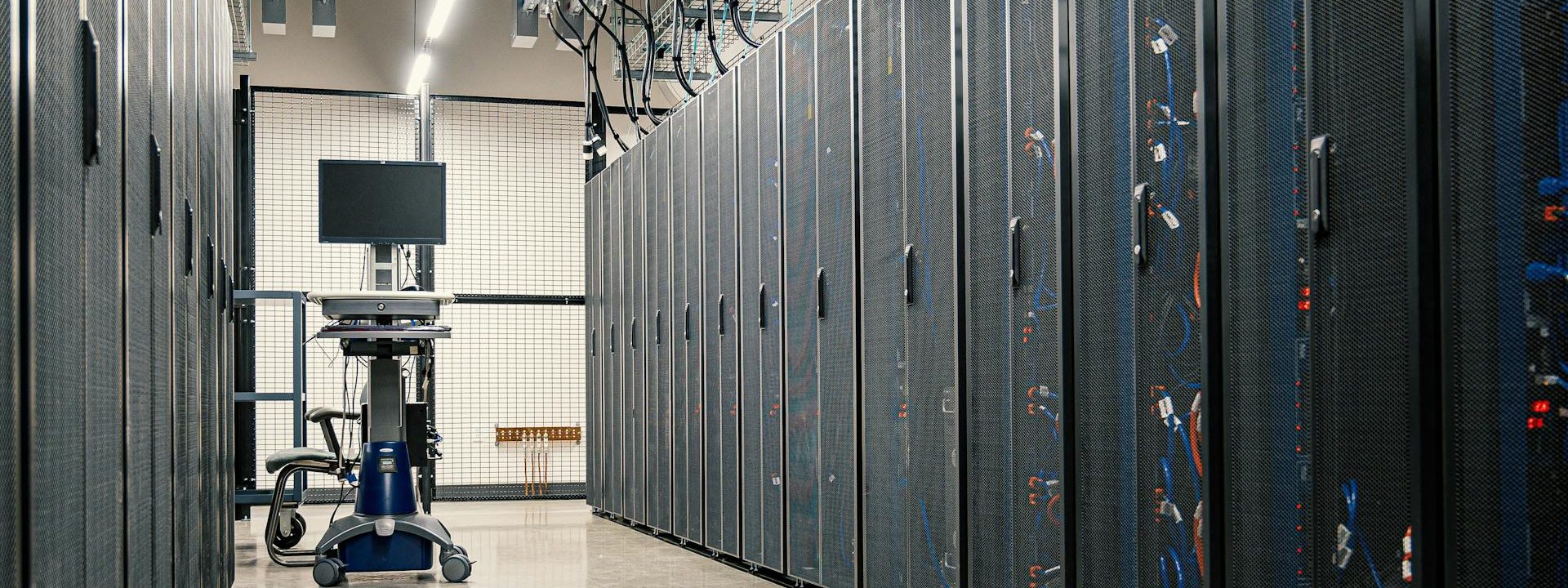The landscape of server technology has transformed dramatically since its inception. From the massive mainframes of the mid-20th century to today’s versatile and scalable cloud servers, each phase in server evolution has driven significant advancements in computing power, efficiency, and accessibility.
The Era of Mainframes
Mainframe computers marked the beginning of server technology. Introduced in the 1950s, mainframes were massive, room-sized machines designed to handle large-scale computations and process vast amounts of data. Organizations like banks, government agencies, and large corporations relied on these behemoths for their critical operations. Despite their size and cost, mainframes offered unparalleled processing power and reliability, setting the foundation for modern computing.

The Rise of Minicomputers
In the 1960s and 1970s, minicomputers emerged as a more affordable and compact alternative to mainframes. These machines were smaller, less expensive, and easier to operate, making them accessible to a broader range of businesses and institutions. Minicomputers paved the way for more distributed computing environments, allowing multiple users to access computing resources simultaneously.
The Advent of Microcomputers and PC Servers
The late 1970s and 1980s saw the advent of microcomputers and the personal computer (PC) revolution. As microprocessors became more powerful and affordable, PCs began to serve as servers in small businesses and academic institutions. These early PC servers offered a cost-effective solution for managing networked resources, file sharing, and printing services.
The Client-Server Model
The 1990s introduced the client-server model, a significant shift in server technology. In this model, servers provided resources and services to client machines, enhancing efficiency and scalability. Businesses began deploying dedicated servers for email, databases, web hosting, and applications. This era also saw the rise of network operating systems, which facilitated better server management and security.
The Virtualization Revolution
The 2000s brought about a revolution in server technology with the advent of virtualization. Virtualization technology allowed multiple virtual servers to run on a single physical server, optimizing resource utilization and reducing hardware costs. Companies like VMware and Microsoft spearheaded this movement, enabling businesses to create flexible and scalable IT environments. Virtualization also laid the groundwork for the modern cloud computing era.
The Emergence of Cloud Computing
Cloud computing represents the latest and most transformative phase in server technology. Cloud servers, hosted by third-party providers like Amazon Web Services (AWS), Microsoft Azure, and Google Cloud Platform, offer unparalleled scalability, flexibility, and cost-efficiency. Businesses can now access computing resources on-demand, paying only for what they use. Cloud servers support a wide range of applications, from data storage and processing to machine learning and artificial intelligence.

The Future of Server Technology
Looking ahead, server technology will continue to evolve, driven by advancements in edge computing, artificial intelligence, and quantum computing. Edge computing, which brings processing power closer to data sources, will reduce latency and enhance real-time data processing. AI-driven servers will offer smarter, self-optimizing systems, while quantum servers promise to revolutionize computing power and solve complex problems beyond the capabilities of classical computers.
The journey of server technology from mainframes to the cloud highlights the incredible advancements in computing over the past several decades. Each phase has brought increased power, efficiency, and accessibility, enabling businesses to leverage technology in innovative ways. As server technology continues to evolve, it will undoubtedly unlock new possibilities and drive further advancements in the digital landscape.





